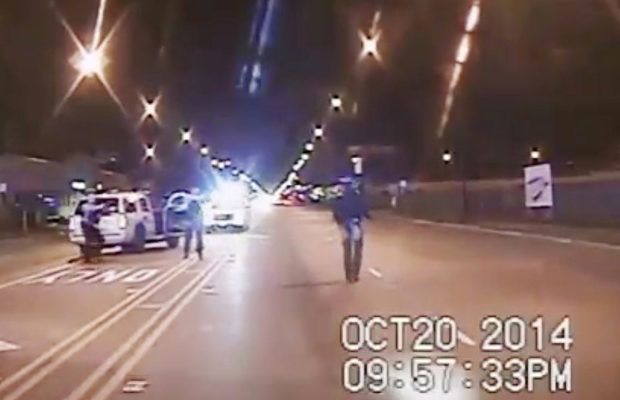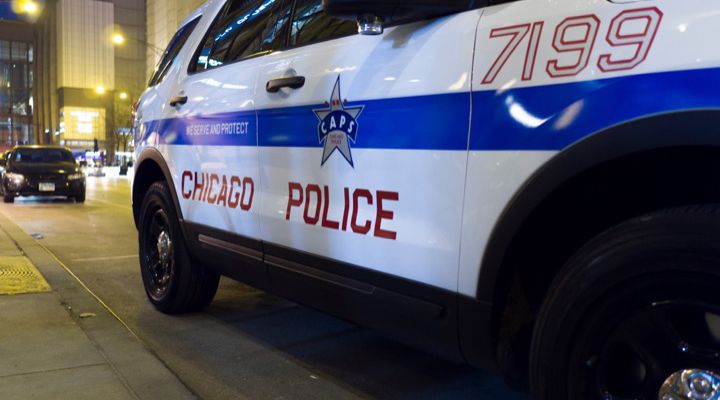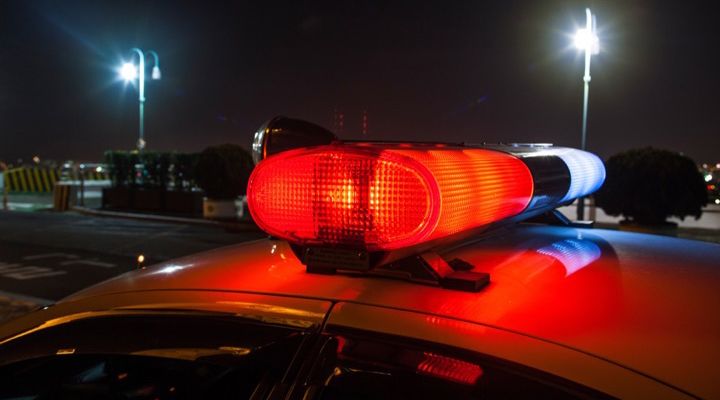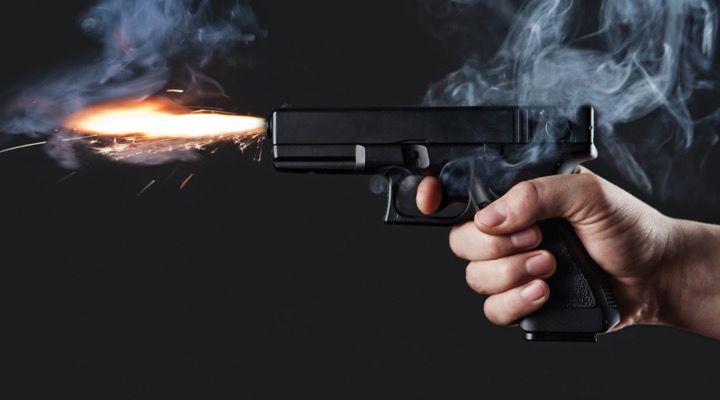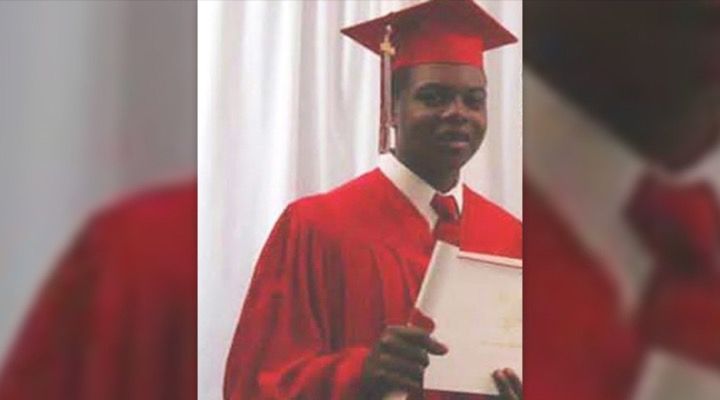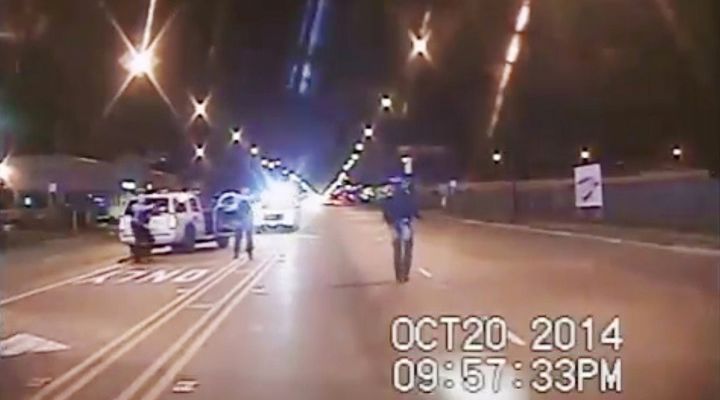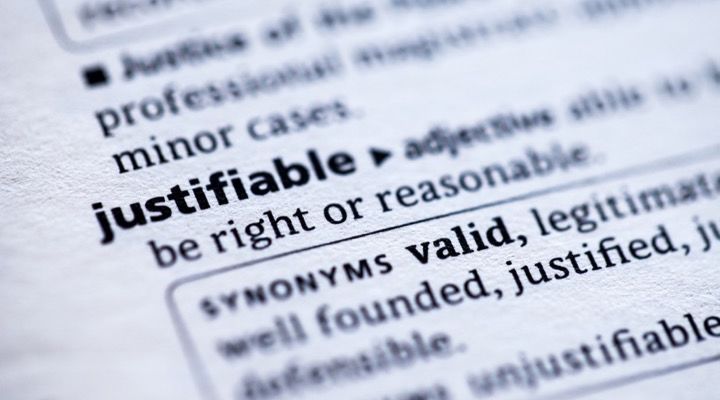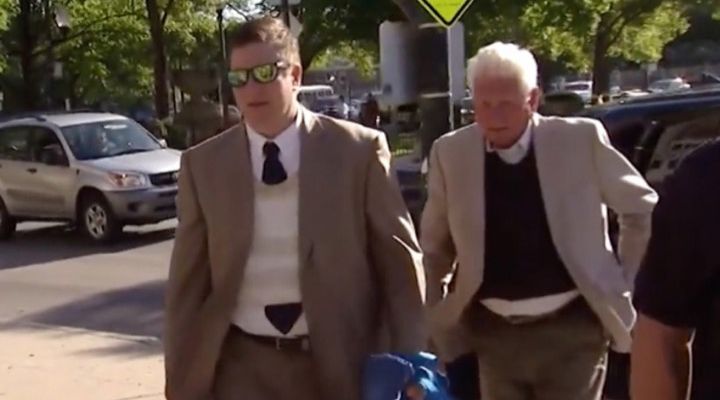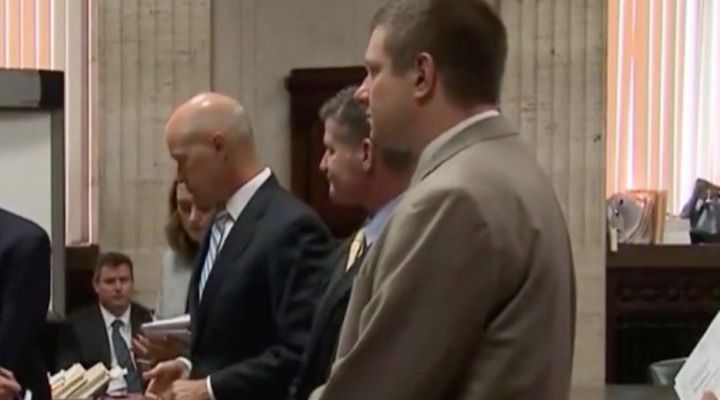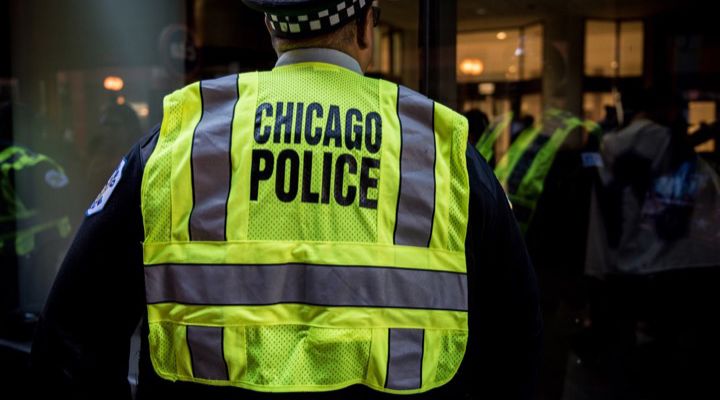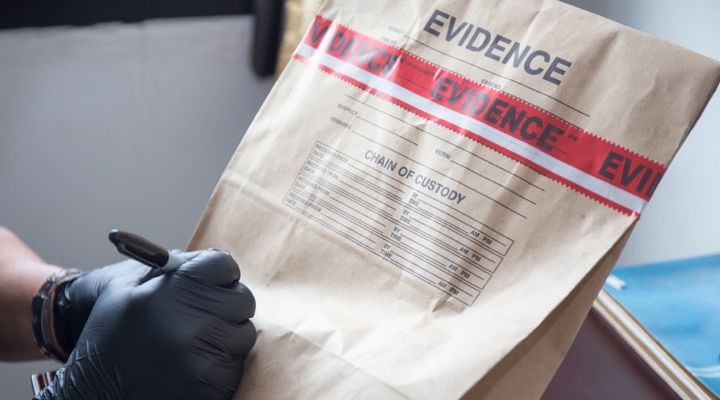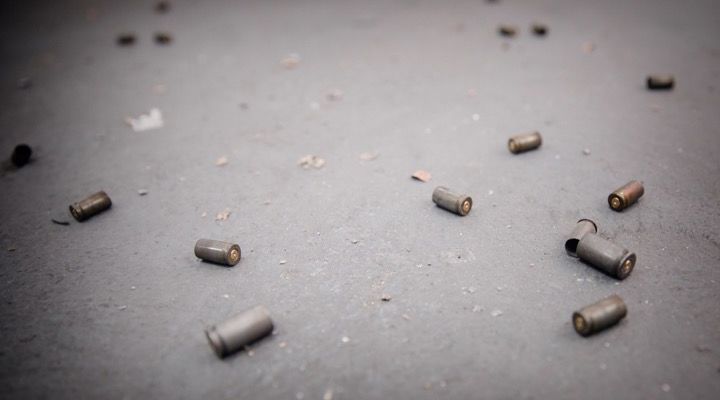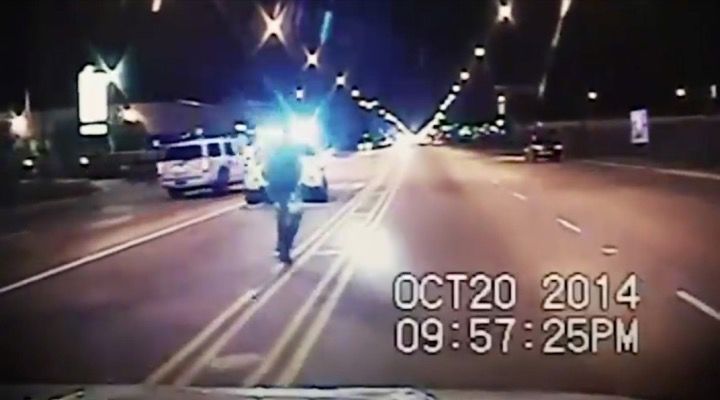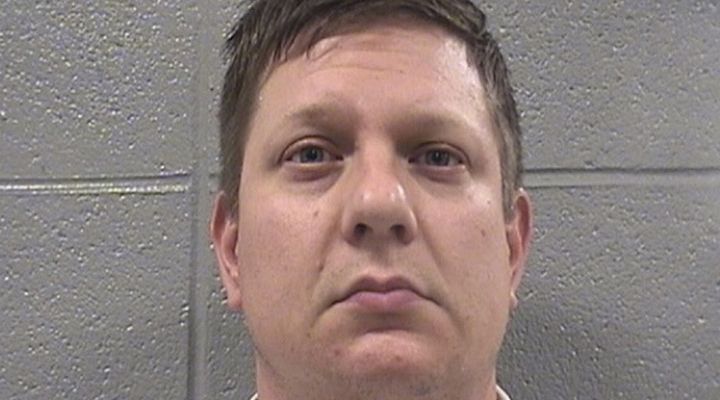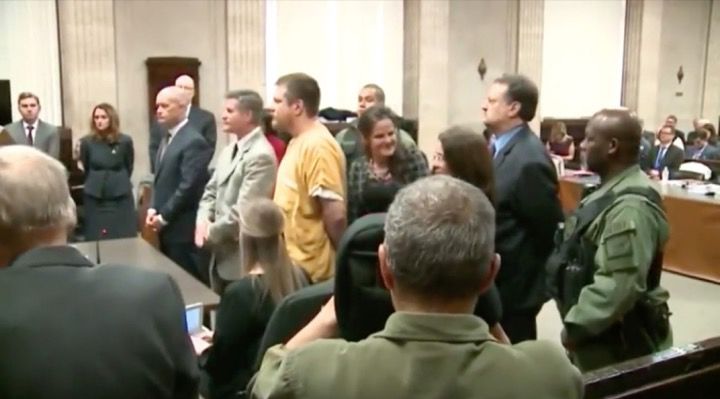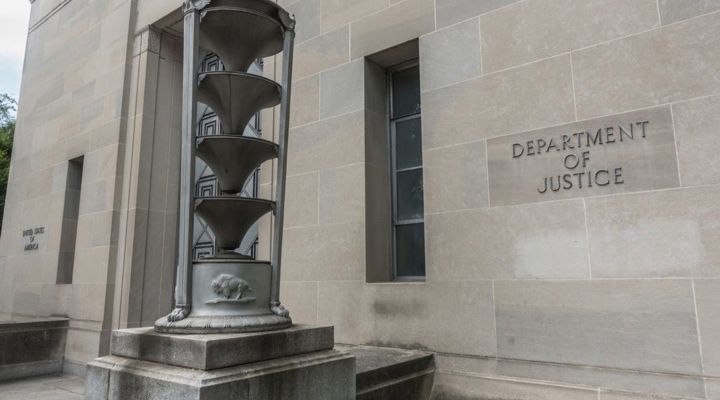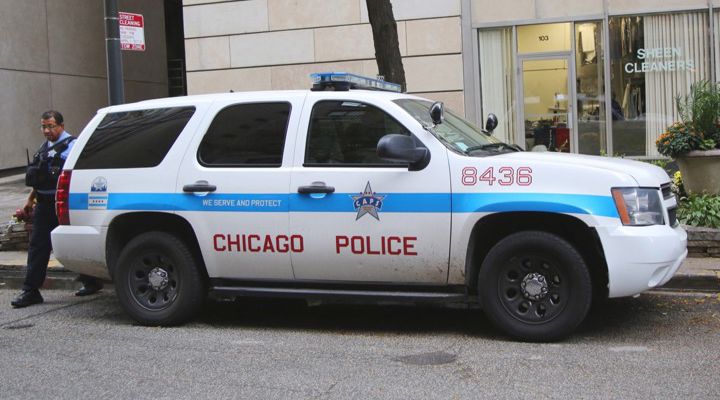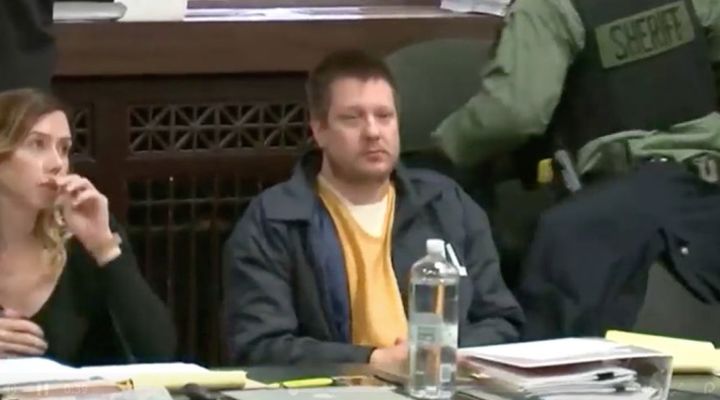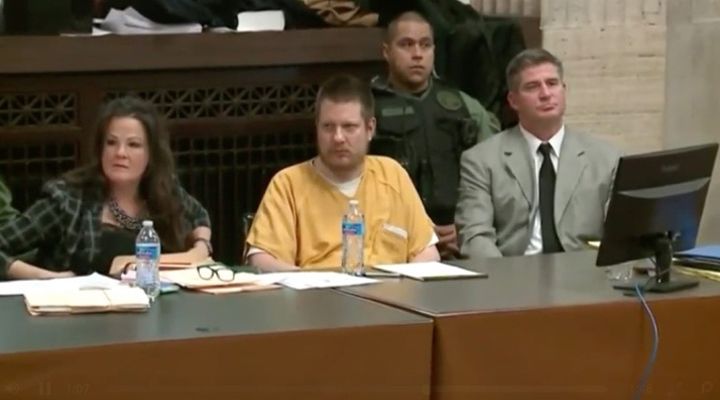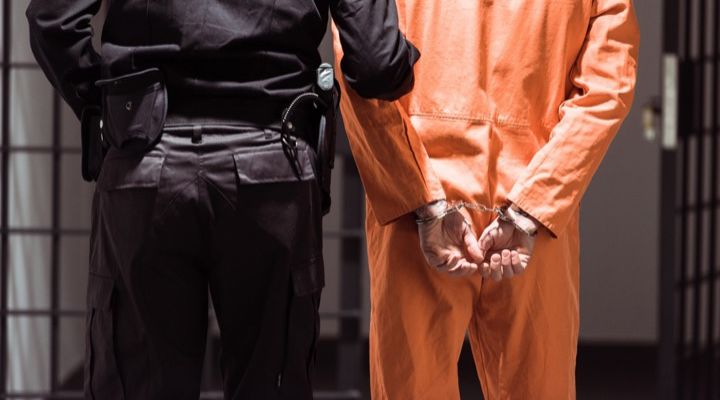In the past few years, the Internet had exploded with news stories about the alleged bad behavior of many of this country’s police officers. In the past, much of this could have been blamed on hearsay or a vendetta against local law enforcement, but all that changed with the advent of the cell phone.
It’s no secret that those who choose a career in law enforcement face danger every single day. They already have to worry about the ramifications of every decision they make and that aspect of the job is more important than ever. Especially when they make the wrong decision…
Armed and Dangerous
It was right before 10 p.m. when Chicago police officers arrived to investigate a disturbance on South Pulaski Road. A 17-year-old African American man was allegedly breaking into vehicles at the trucking yard there and was armed with a 3-inch knife. By all accounts, the suspect was indeed armed and dangerous.
Confrontation
The officers confronted the young man who was quickly identified as Laquan McDonald. Upon being confronted, McDonald took his blade and sliced the tire on the officers’ patrol car. The police officers gave him multiple verbal instructions to drop the knife, but the young man refused. They radioed for backup while McDonald, still armed, began to walk away…
Fatal Shooting
What happened next has been the subject of much debate over the past four years. Chicago PD officer Jason Van Dyke fired his gun at Laquan McDonald. Ambulances arrived and the young man was taken to Mount Sinai Hospital, where he was pronounced dead at 10:42 p.m.; less than an hour from when police first arrived.
Smart Kid
Those who knew Laquan McDonald were understandably shocked by the incident. Not only because Laquan had been killed, but because they couldn’t believe that a smart, reserved, respectful student would be caught up in something like breaking into cars. Still, McDonald had indeed been in that trucking yard…
Not All Innocent
The young man, who worked after school in a Youth Advocate Program, had been in that place and had indeed been holding a knife, so police had indeed had a reason to confront him. Toxicology reports by the coroner’s office also indicated that McDonald had PCP in his blood and urine at the time of the encounter.
Misleading Reports
It was these dissenting opinions about McDonald’s nature versus his actions which first brought scrutiny down upon the Chicago PD and officer Van Dyke. When his police supervisors read the 400 pages of typed and handwritten reports about the case, they determined that McDonald’s death was considered “justifiable homicide.” Little did they know that these reports were misleading…
Justifiable
According to the department’s use of force guidelines, everything Van Dyke did justify his firing upon the armed teen. At the time, Van Dyke was not charged and continued to work as usual. There were some problems with this ruling, however, and most of them involved Van Dyke’s prolific history of misconduct while on the force.
The Officer in Question
Jason D. Van Dyke was a 14-year veteran of the Chicago Police Department when he ran afoul of Laquan McDonald. At that time, the married father-of-two had already had some 20 citizen complaints filed against him since 2001. Despite this, none of these complaints resulted in disciplinary action…
Excessive Force
Ten of the complaints against Van Dyke alleged that he used some measure of excessive force, and two of those involve the use of a firearm. These cases may have been settled without Van Dyke being disciplined but they did cost the city some money. One of these cases saw a jury award a Chicago man with $350,000 as a result.
Past Misdeeds
In the above case, Van Dyke had apparently employed excessive force during a traffic stop. Van Dyke was also accused of being verbally abusive and using racial slurs. More telling than all the rest was the rumor that he might have been involved in the cover-up of a separate shooting in 2005. Could a similar situation have happened in Laquan McDonald’s case as well?
New Evidence
Thirteen months after the shooting took place, the police released dash cam video footage that showed McDonald walking away from the police, just as the officers had indicated. It also showed officer Van Dyke firing at the teen at the same time. The suspect was retreating and still, he fired, and that wasn’t the worst of it.
Out of Ammo
The first shot hit McDonald, who spun and fell to the ground. As he lay there, prone, bleeding, but still holding the knife, Van Dyke approached and continued to fire more shots into him. By the time it was done, the officer had fired a total of 16 shots in 14–15 seconds. He’d emptied the chamber. The video made it clear that officer Van Dyke had been hiding the truth…
No Need
Van Dyke had been on the scene for less than 30 seconds before he started firing on McDonald. This was approximately six seconds after he exited his car. When other officers arrived, they took one look at the scene and realized that there had been no need to use that kind of force; especially since the eight other officers on the scene had not fired their own weapons.
Catch and Release
The same day that the video was publicly released, Van Dyke was charged with first-degree murder held without bail at the Cook County Jail. A few days later, the courts agreed to grant him $1,500,000 bail. He posted ten percent of that and was released from jail. The city, meanwhile, worked on reaching a $5 million settlement with McDonald’s family.
Brought to Light
At the same time, a group of intrepid reporters noticed some rather egregious inconsistencies between the narrative that the police were telling the press, McDonald’s autopsy, and the single anonymous eyewitness account released right before the surveillance video. Following that, a whistle-blower came forward and told the press that they were concerned with how the department handled the shooting.
Federal Involvement
All of this negative press prompted the involvement of Illinois Attorney General Lisa Madigan. She got the U.S. Department of Justice to initiate a civil rights investigation into McDonald’s death and the activities of the Chicago Police Department. In January of 2017, three years after the shooting, the report was released, and it didn’t look good for Chicago P.D…
Guilty Parties
The DOJ report indicated that the Chicago P.D. had developed a culture of as “excessive violence,” especially against minority suspects. They also accused them of having poor training and supervision. This acted as a wake-up call of sorts and city officials agreed to fix these problematic issues. A number of guilty parties, including Van Dyke, would be brought to account.
Brought to Account
Three Chicago police officers were tried for allegedly attempting to cover up events related to the shooting. These officers were found guilty. Van Dyke himself was also found guilty of second-degree murder, as well as 16 counts of aggravated battery with a firearm. Even with all that, he was not found guilty of any official misconduct…
Accountability
Throughout everything, it seemed the Chicago P.D. and city officials were unwilling to accuse one of their own of official misconduct. Nevertheless, the other charges are a tacit admission of community leaders that he had indeed committed a crime while in the line of duty. Unfortunately for Van Dyke, prisoners don’t exactly love having former police officers in their midst.
New Terms
During Van Dyke’s first week at an undisclosed facility, he was assaulted by other inmates while in the general population. New Terms have since been added to his sentence and can be viewed in the video below, along with the initial verdict against him…
